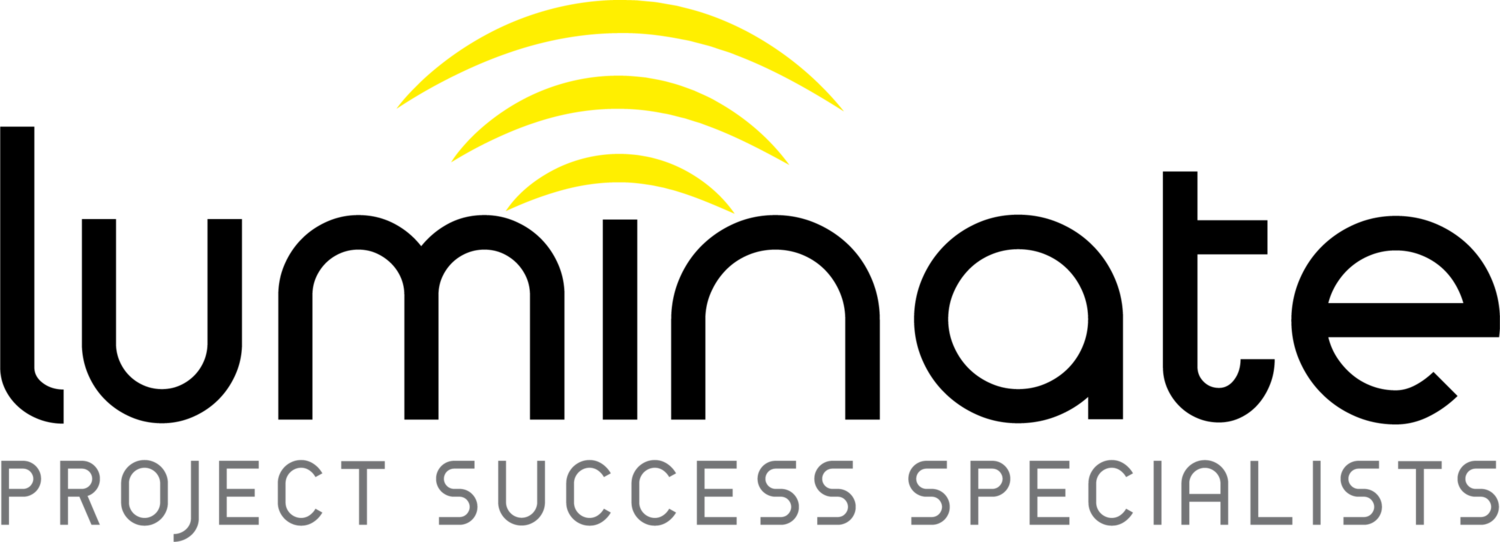All of the more notable advances in project delivery methods in the last 10 years have had a particular focus on people more than process. Not people in place of process but certainly people first.
For example the first of the four principles that make up the Manifesto for Agile Software Development values “individuals and interactions over processes and tools”.
It’s stating the obvious but delivering good projects is first and foremost a people endeavour. Without the right people connecting as an effective team your project faces an uphill battle to succeed. But what are the elements of people management that those accountable for successful projects need to ensure is on their radar?
The three ‘c’s – capacity, capability and chemistry
To have an effective team on any technology project – or any project for that matter – requires that:
Individual team members have sufficient time and the right skills to deliver what is required of them, and that those individuals are able to function well together to produce an outcome greater than the sum of their individual parts. They need capacity, capability and chemistry.
Capacity is important bit it can’t be the only focus
Unfortunately what is regularly evident from project outcomes is that senior execs and SteerCo’s are focused only on the capacity part of the people equation with much less regard for capability and chemistry. This may be because it’s easier to understand, measure and adjust capacity given it is largely quantitative. There is a direct linkage between capacity and project costs – the traditional first focus of any SteerCo. The ‘Time, Cost, Quality’ triangle has been understood for over 50 years and it’s obvious that not having sufficient allocation of resources has a direct impact on project outcomes.
The management of capacity remains a critical element of generating project success but it needs to be considered not in isolation but also against the other two key elements.
Capability and the scale effect of highly functioning people.
What we know about capability in technology projects is that experienced, capable and motivated project members have a massive positive impact on output and outcomes. The difference between motivated senior team members and those still learning on the job is measured in multiples not in small percentages.
It’s not possible to replace a good senior developer with two junior developers, the scale quantum is more likely to be over 400%. And in many situations this type of switch just doesn’t work, you need that experience to get the job done, an army of juniors just won’t get you where you need to be.
Having a lack of capability in key positions, particularly the leadership roles of a project team, also has a knock on effect across the project. The impact on chemistry and motivation across the team is high when it’s obvious one of the leaders is out of their depth.
Capability can be a tricky subject for execs and SteerCo’s to manage, in particular when dealing with employees rather than contractors. Often allocation of staff to projects is driven as much by availability as it is by suitability to the specific role. And it’s common to see staff being deployed outside of their core skill set or to be given opportunities as part of professional development.
A good SteerCo will ask whether there are other opportunities in the organisation for that professional development to occur. “Does it have to be on my project?” is never a bad question to ask.
To balance this with the realities of organisational resourcing SteerCos and PMOs should focus on the three most important roles for a given project. Sit down at the start of the project and identify what these three roles are, then apply a high degree of scrutiny to filling them with performance focused, capable individuals. If that means looking externally to ensure these roles are filled appropriately then that should be what happens. As an example, on most software development projects these key leadership roles would usually be the PM, Senior BA and Solution Architect or Tech Lead.
Filling the other roles in the project team can then receive more leeway with regards capability if necessary (although that shouldn’t be allowed to compromise chemistry as detailed below).
And don’t stop once the project is underway. Continue to regularly assess capability – projects change and the needs of these key roles may change too. Ensure you are able to assess whether capability gaps have developed through formal and informal reviews. Consider the use of things like anonymous team surveys if it’s difficult to gauge the fit of key individuals.
If evidence of capability gaps comes to light then you must have the courage to act. Very few projects are completed with the team that started them, personnel change can be a positive or negative thing. Execs and SteerCo’s should get on the front foot and manage that change to ensure the impacts are positive.
By understanding the scale impact of capable and motivated individuals and ensuring the three key leadership roles are filled with proven performers the Steer Co will have ensure the project has a good chance of success.
Chemistry and the power of Effective teams
The other element of people and projects that has traditionally been difficult to get a handle on is the overall chemistry of the team. “There’s nought as queer as folk” and getting people with different perspectives and backgrounds to pull together as an effective team is definitely an artform.
Throughout the lifecycle of any project time pressures, stresses and differences of opinion will always present the opportunity for conflict. An effective team will manage that conflict and channel the resulting outcomes in a positive way. But if there are personality difficulties or unmanaged bad behaviours then these pressure points will lead to significantly negative impacts on the team and the project.
The other challenge with team chemistry is that a lot can happen below the waterline. People will often put up with bad behaviour or negative conflicts without escalating to those who can act. If a SteerCo is operating on a passive, raised-exceptions basis then there can be significant impacts to chemistry without awareness that these problems exist. Symptoms like slipped timeframes, poor quality or team turnover may be indicative of a root cause issue with chemistry. But it will often be difficult for the SteerCo to work back from these symptoms to the real underlying issues.
Those responsible for the successful delivery of projects need to acknowledge the risk of individual conflicts and plan for how they can measure the intangible elements of an effective team.
Start by getting items on the risk register that cover team chemistry with mitigation plans focused on measurement over the duration of the project. There are myriad low cost, effective tools that can be used to take the regular temperature of the project and identify any significant changes over time. Online survey tools, project collaboration tools and others offer easy ways to blend this measurement into the regular rhythm of the project. It might be as simple as including checks in retrospectives or similar reviews on how people are feeling about the success of the project.
When it becomes evident that chemistry is an issue the Exec team or SteerCo must act. Obviously the best approach will be to address the causes of conflict directly and attempt to influence people to change. Often the use of facilitation from those external to the project can bring the best results in this regard.
Most critically if these efforts are unsuccessful then you must have the courage to act. If people aren’t able to change their behaviours then you must be prepare to change the people on the team.
To summarise…
How do those accountable for the successful delivery of projects ensure that their team is set up to succeed?
- Don’t forget about capacity. Starting with the easier element to control, ensure when you allocate people to the project that they have sufficient time to deliver what is expected of them individually and collectively and that those allocations are clearly understood by all relevant stakeholders.
- Undertake an up-front assessment of where capability will have the biggest impact -positive or negative – on your project. From that assessment identify the three key roles for the project. Then ensure those roles are filled by the right people without compromise.
- Instigate ongoing assessment of capacity and capability to ensure that all roles remain well filled for the duration of the project. Act quickly when gaps become evident.
- On project start up get project team chemistry on the risk register and agree on how you can measure it as you go. Use simple surveys through to people focused project reviews to monitor the temperature of the project team.
- Take any changes in that temperature seriously. If the cause can be traced to individual personality conflicts then act. A destructive personality or relationship in the team can’t be tolerated, either resolve or remove.
Sponsors and SteerCo’s need to recognise the importance of capability and chemistry in their project teams and bake that recognition into project start up. They then need the ability to monitor and measure the impacts of gaps in capability and a lack of project team chemistry. And most importantly they need the courage to act on any concerns they have around these risks. Be brave, especially around key project roles, and remember if you can’t change the people … change the people.

